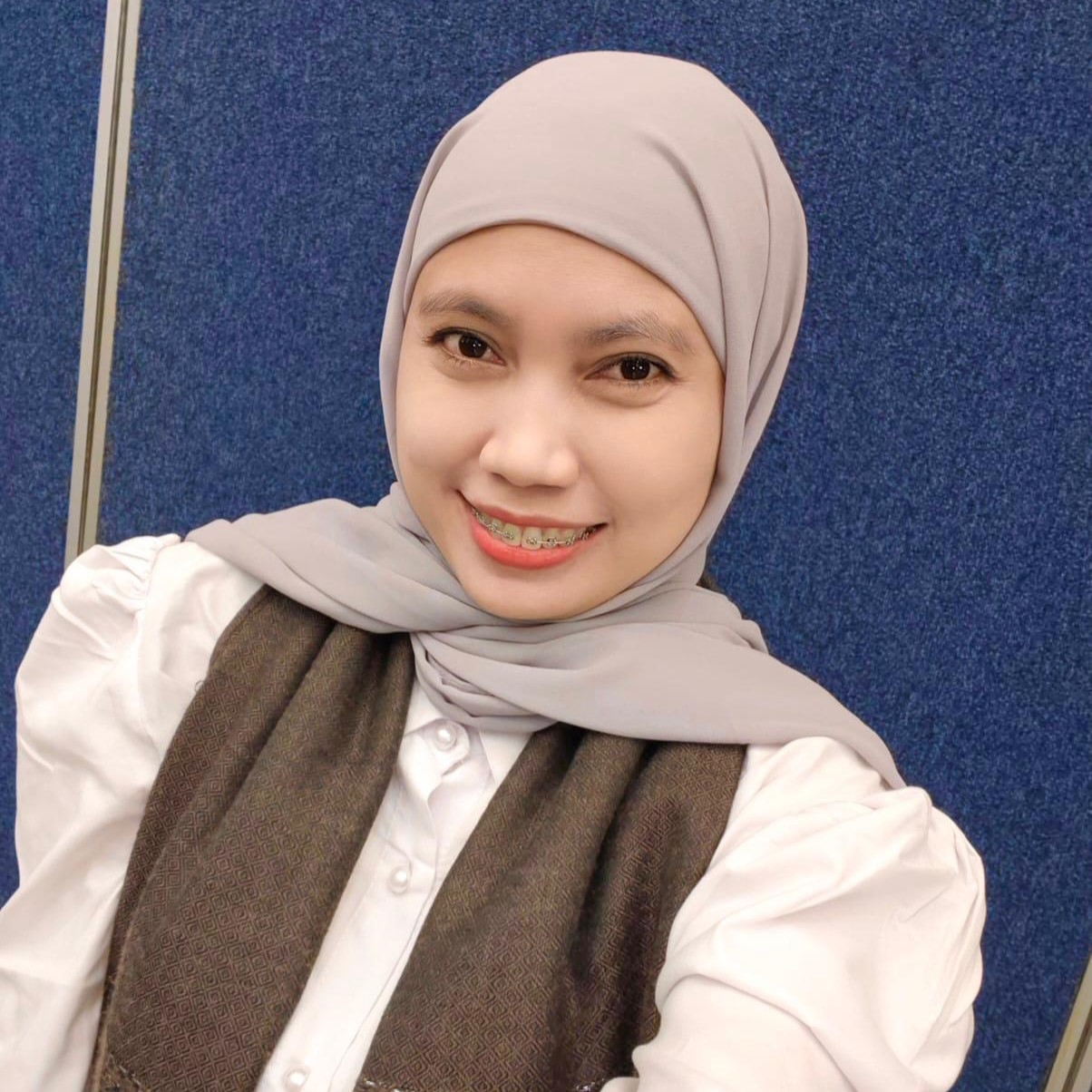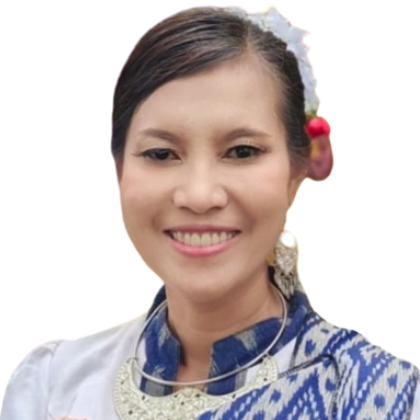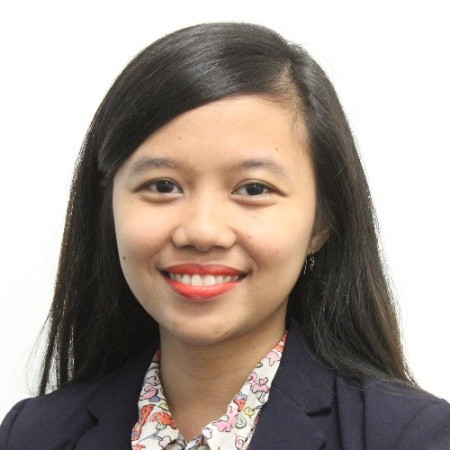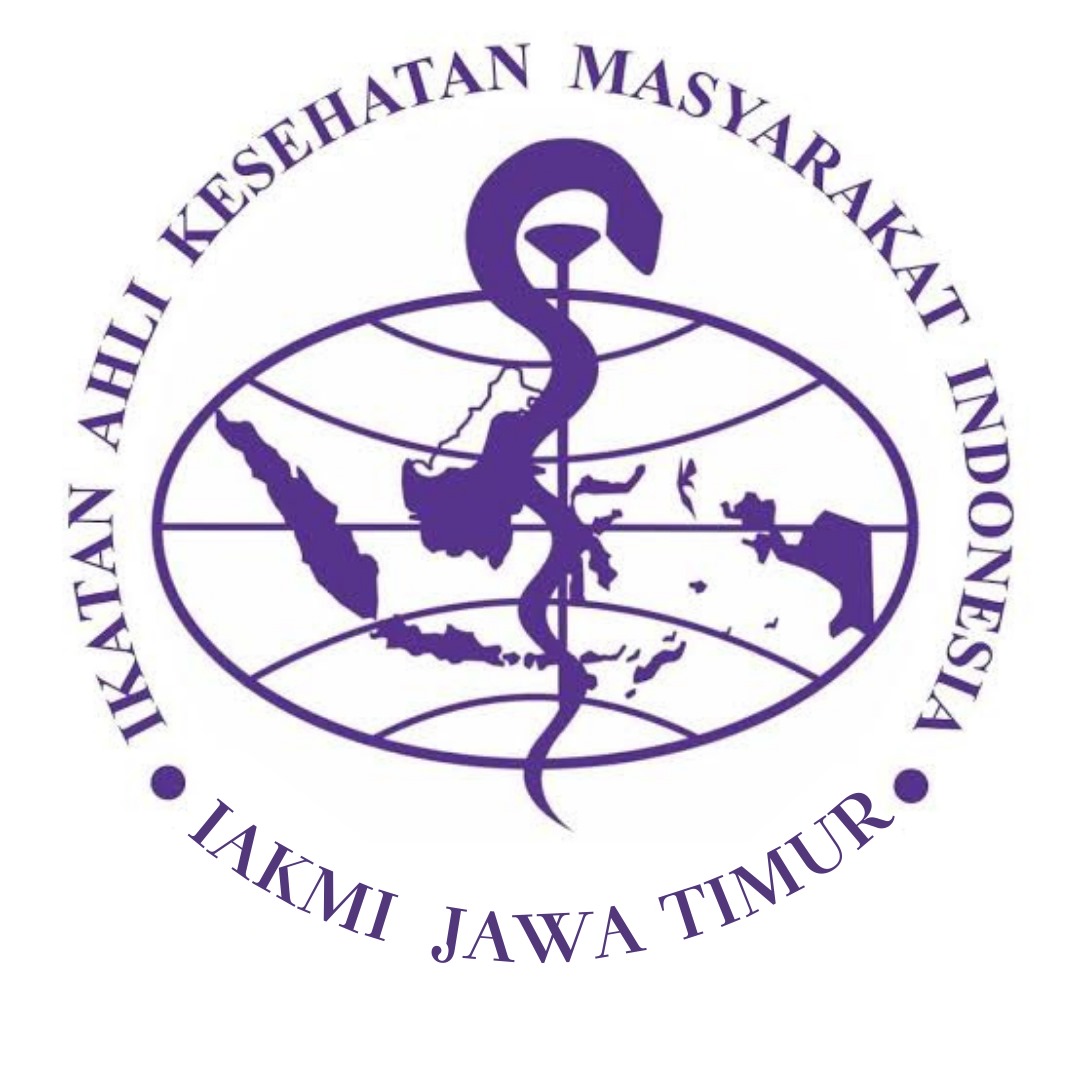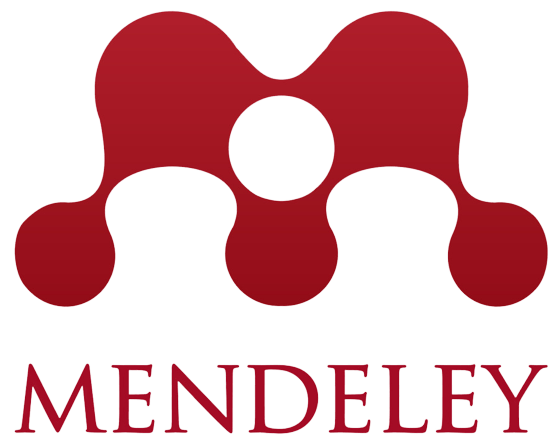The Influence of Nutritional Action on Mother's Knowledge about Feeding and the Level of Energy, Zinc and Vitamin C Consumption of Wasting Toddlers in Purwodadi Village, Malang City
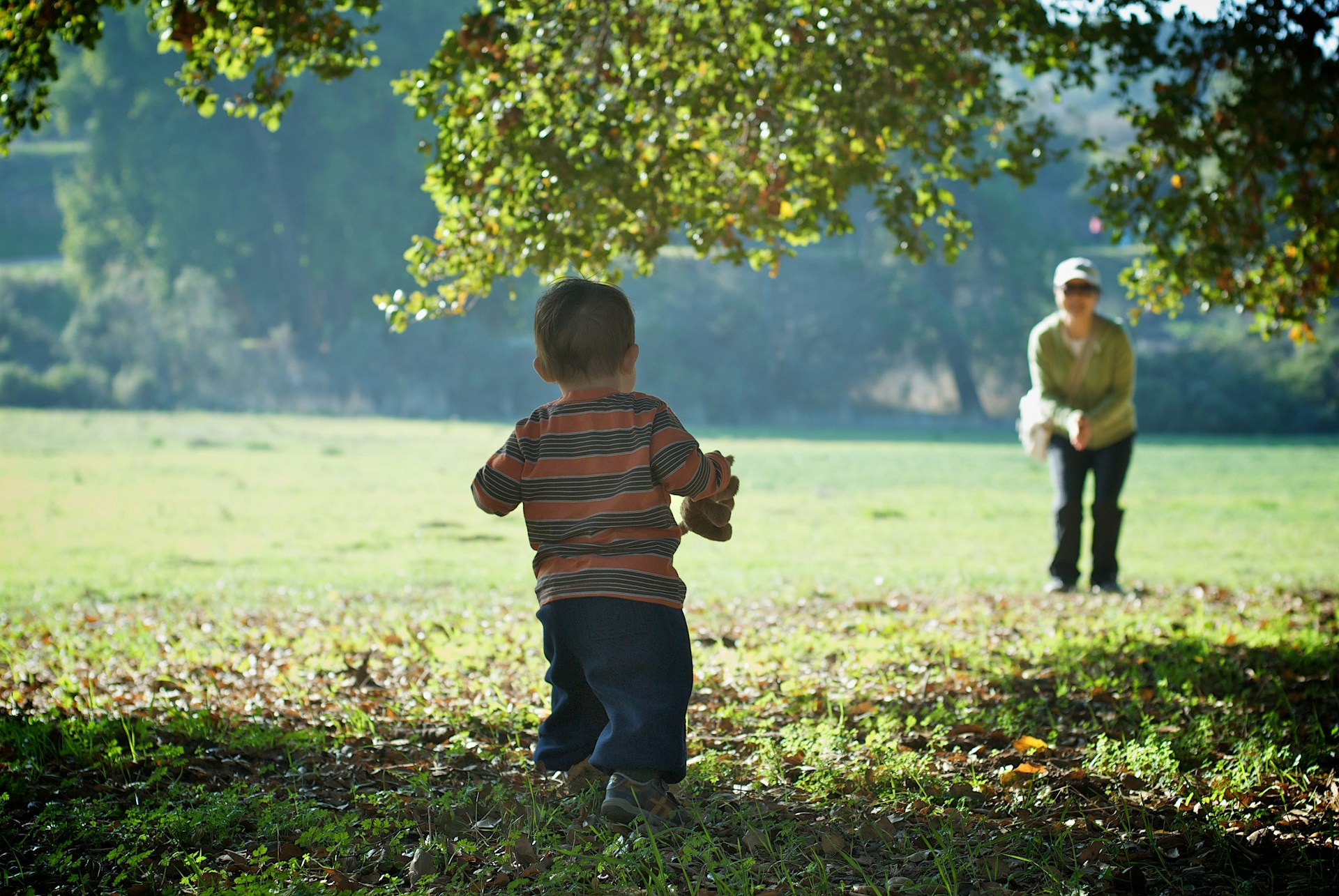
Downloads
Background: Indonesia still faces quite serious nutritional problems, especially in children, because the first five years of a child's life are very vulnerable to nutritional problems. Therefore, balanced nutritional needs for toddlers must be met properly. Nutritional problems that arise are always related to food intake factors in children. If balanced nutritional needs in toddlers are not met properly, they can experience nutritional disorders such as malnutrition.
Objectives: To analyze the effect of nutritional assistance on the knowledge of mothers of toddlers, the level of energy consumption, zinc, and vitamin C of wasting toddlers.
Methods: This study is a quasi-experimental study targeting toddlers aged 12 to 59 months. Respondents were taken using the non-probability sampling method, namely total sampling. The data collected included the knowledge of mothers of toddlers taken with a questionnaire, the level of energy consumption, zinc, and vitamin C obtained by filling out the 24-Hour Food Recall form. The study was conducted by providing intervention in the form of nutritional assistance three times within three weeks. Data analysis tests used the paired t test, Wilcoxon signed rank, independent t-test, Mann Whitney U test.
Results: Nutritional assistance on the knowledge of mothers of toddlers before and after in the treatment group (p=0.003) had a more significant effect than in the control group (p=0.011). Then the level of consumption before and after in the treatment group also had a significant effect, namely energy (p<0.001), zinc (p=0.006), and vitamin C (p=0.004). However, the level of consumption before and after in the control group did not have a significant effect, namely energy (p=0.583), zinc (p=0.366), and vitamin C (p=0.534).
Conclusion: Nutritional assistance can affect the knowledge of mothers of toddlers, consumption of energy, zinc, and vitamin C of toddlers before and after the intervention in the treatment group. Meanwhile, in the control group it only affected the knowledge of mothers of toddlers.
Almatsier, S. (2004) Prinsip Dasar Ilmu Gizi. Jakarta: PT. Gramedia Pustaka Utama.
Anggraeni, L.D., Toby, Y.R. and Rasmada, S. (2021) ‘Analisis Asupan Zat Gizi terhadap Status Gizi Balita’, Faletehan Health Journal, 8(02), pp. 92–101. https://doi.org/10.33746/fhj.v8i02.191.
Ayuningtyas, A., Simbolon, D. and Rizal, A. (2018) ‘Asupan Zat Gizi Makro dan Mikro terhadap Kejadian Stunting pada Balita’, Jurnal Kesehatan, 9(3), p. 445. https://doi.org/10.26630/jk.v9i3.960.
Diniyyah, S.R. and Nindya, T.S. (2017) ‘Asupan Energi, Protein dan Lemak dengan Kejadian Gizi Kurang pada Balita Usia 24-59 Bulan di Desa Suci, Gresik’, Amerta Nutrition, 1(4), p. 341. https://doi.org/10.20473/amnt.v1i4.7139
Dinkes Kota Malang (2021) Profil Kesehatan Kota Malang Tahun 2020.
Dinkes Kota Malang (2022) Profil Kesehatan Kota Malang Tahun 2021.
Eka Putri Saudia, B. (2020) Efektivitas Stimulasi Dini dan Pemberian Makanan Tambahan (PMT) terhadap Perkembangan Balita Kurus, Frime Nutrition Journal). https://doi.org/https://doi.org/10.32807/jgp.v5i2.199.
Hikmiyah, N., Riyadi, B.D. and Nurmayanti, R . (2021) ‘Pengaruh Pendampingan Gizi Online terhadap Pengetahuan dan Konsumsi Energi Ibu Hamil KEK di Puskesmas Bululawan’, HARENA : Jurnal Gizi, 1(3), pp. 128–138.
Kameliawati, F., Hediya Putri, R. and Febriani, W. (2020) ‘Edukasi Gizi Seimbang dan Pemantauan Status Gizi Balita di Posyandu Melati Desa Wonosari, Gadingrejo, Pringsewu’, Jurnal Pengabdian Kepada Masyarakat UAP ( ABDI KE UAP), 2(1), pp. 57–62.
Kemenkes RI (2019) Pedoman Pencegahan dan Tatalaksana Gizi Buruk pada Balita, Kementerian Kesehatan Republik Indonesia.
Kemenkes RI (2020) Rencana Aksi Kegiatan Direktorat Gizi Masyarakat Tahun 2020-2025.
Kemenkes RI (2023) Buku Saku Hasil Survei Status Gizi Indonesia (SSGI) 2022.
Menteri Kesehatan Republik Indonesia (2021) ‘Keputusan Menteri Kesehatan Republik Indonesia Nomor HK.01.07/MENKES/5675/2021 tentang Data Penduduk Sasaran Program Pembangunan Kesehatan Tahun 2021-2025’, Peraturan Menteri Kesehatan RI, 2025, pp. 1–1405. Available at: jdih.kemkes.go.id
Notoatmodjo, S. (2012) Promosi Kesehatan dan Perilaku Kesehatan. Edition 2. Jakarta: Rineka Cipta.
Nugraheni, A. et al. (2021) ‘Profil Zat Gizi Mikro (Zat Besi, Zink, Vitamin A) dan Kadar Hemoglobin pada Ibu Hamil Micronutrient Profile (Iron, Zinc, Vitamin A) and Hemoglobin Level in Pregnant Women’, MGMI, 12(2), pp. 119–130.
Nurmaliza and Herlina, S. (2019) ‘Hubungan Pengetahuan dan Pendidikan Ibu terhadap Status Gizi Balita’, Jurnal Kesmas Asclepius, 1(2), pp. 106–115.
Permenkes RI (2020) ‘Standar Antropometri Anak’, Menteri Kesehatan Republik Indonesia.
Rahmat, S.E. (2017) Hubungan Antara Asupan Zat Besi, Vitamin C dan Status Gizi dengan Tingkat Kesegaran Jasmani pada Anak Sekolah Dasar Masjid Syuhada. Skripsi: Poltekkes Kemenkes Yogyakarta.
Simbolon, D., Rahmadi, A. and Jumiyati, J. (2019) ‘Pengaruh Pendampingan Gizi terhadap Perubahan Perilaku Pemenuhan Gizi Ibu Hamil Kurang Energi Kronik (KEK)’, Jurnal Kesehatan, 10(2), p. 269. https://doi.org/10.26630/jk.v10i2.1366
Siswanto and Dkk (2014) Buku Studi Diet Total: Survei Konsumsi Makanan Individu Indonesia 2014, Ministry of Health Republic of Indonesia.
Umbu Zogara, A., Sulastri Loaloka, M. and Goreti Pantaleon, M. (2021) ‘Faktor Ibu dan Waktu Pemberian MPASI Berhubungan dengan Status Gizi Balita di Kabupaten Kupang’, Journal of Nutrition College, 10(1), pp. 55–61.
Winarti, Purbowati and Galeh Septiar Pontang (2020) ‘The Correlation Between Intake of Protein, Vitamin A, Zink, History of ARI with Stunting in Children Aged 2-5 Years Old in Wonorejo Village, Pringapus District, Semarang Regency’, Jurnal Gizi Dan Kesehatan, 12(1), pp. 36–44. https://doi.org/10.35473/jgk.v12i1.78.
Copyright (c) 2025 Reny Seftiani, I Nengah Tanu Komalyna, Bastianus Doddy Riyadi

This work is licensed under a Creative Commons Attribution-ShareAlike 4.0 International License.
Media Gizi Kesmas by Unair is licensed under a Creative Commons Attribution-ShareAlike 4.0 International License.
1. The journal allows the author(s) to hold the copyright and to retain the publishing right of the article without restrictions.
2. The legal formal aspect of journal publication accessibility refers to Creative Commons Attribution-Share-Alike (CC BY-SA).
3. The Creative Commons Attribution-Share-Alike (CC BY-SA) license allows re-distribution and re-use of a licensed work on the conditions that the creator is appropriately credited and that any derivative work is made available under "the same, similar or a compatible license”. Other than the conditions mentioned above, the editorial board is not responsible for copyright violations.


